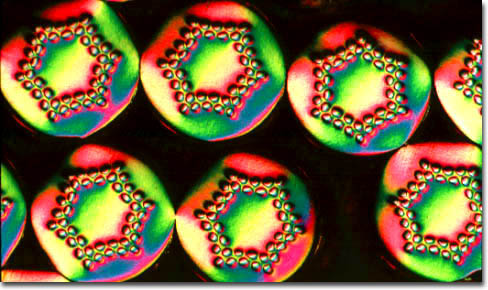|
Niobium is a refractory metal first discovered in 1801 by English scientist Charles Hatchett, who originally dubbed the substance columbium. It was not until the soft, ductile metal was rediscovered approximately 40 years later by German chemist Heinrich Rose that it received its current name. Reminiscent in appearance to steel and platinum, niobium occurs naturally around the world and exhibits several highly useful characteristics, including good corrosion resistance, shock absorption, and a very high melting temperature of 2,468 degrees Celsius. Due to these and other constructive properties, niobium finds a significant amount of use, especially in alloys. Niobium alloys are, for instance, commonly utilized for industrial, aerospace, and superconducting applications, such as magnetic resonance imaging and trains that levitate through the use of magnetism.
|
